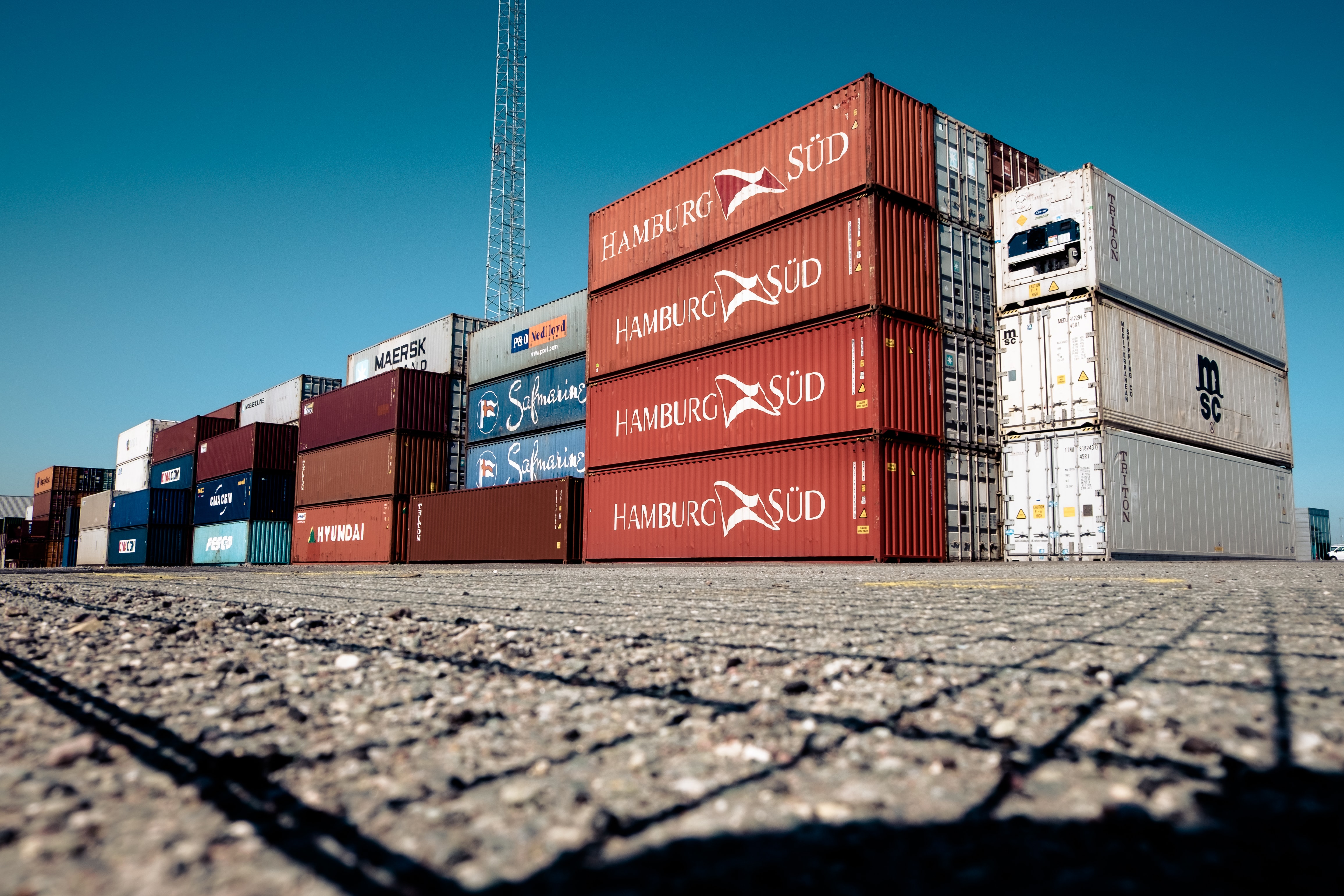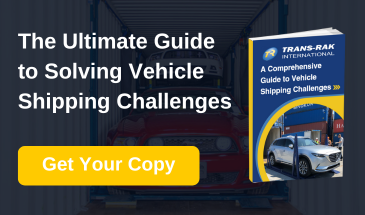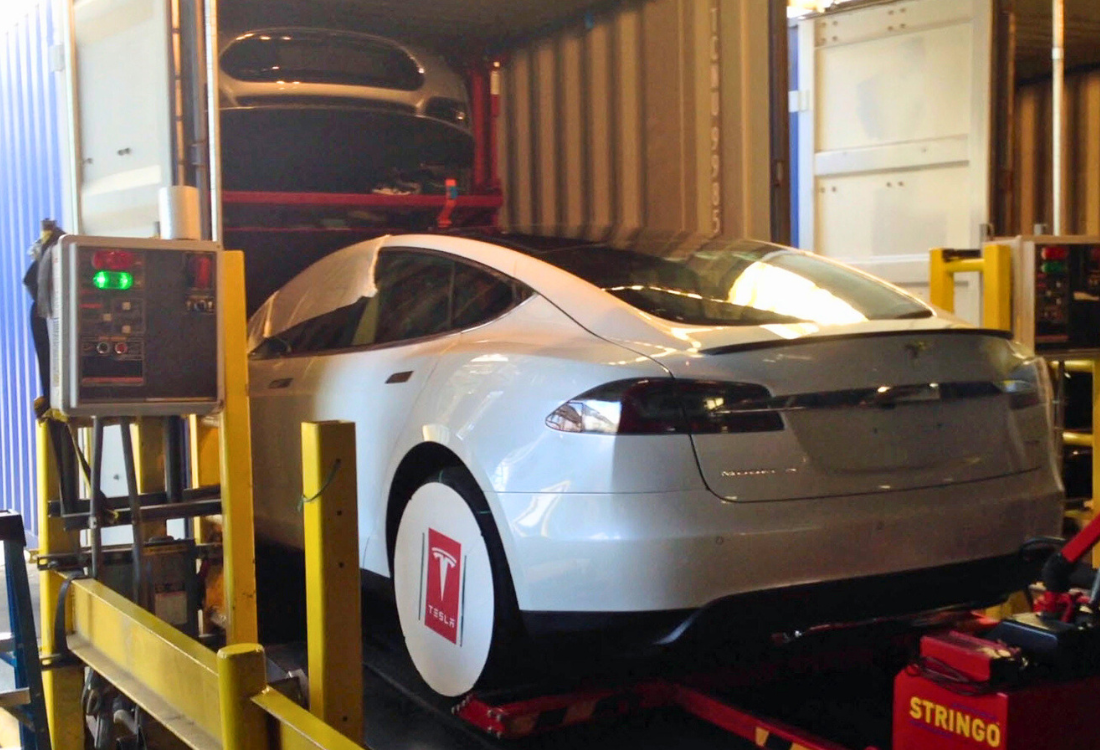
Container shipping costs have risen significantly since 2019. In particular, a number of interlinked disruptions caused by the pandemic provoked a peak in prices in 2021. Even before the virus took hold, the global eCommerce market was expanding, placing a strain on the availability of shipping containers. This shortage intensified further as Covid-related restrictions tightened - by 44% from 2019 to 2020. Combined with supply chain and labour capacity disruptions, a shortage of trucks and containers, as well as port congestion, conditions were ripe for a surge in prices during 2021.
However, with conditions improving (with regards to Covid, at least) and investments into the shipping industry starting to bear fruit, many are predicting more affordable conditions for sea freight in 2022.
Fall In Container Prices
Since cresting in Q3 2021, we've seen the shipping container price trajectory take a considerable dip. For instance, between August and November, US container prices fell by 15%. Meanwhile, the Port of Qingdao saw the largest decline, recording a price drop in excess of 23% for 40 ft containers. The pattern is replicated across the world, with average container costs having fallen consistently since their peak in September 2021.
There are a few reasons for this improvement in affordability. As the pandemic has waned, operating conditions have allowed more normal traffic volumes and port operations. Because of raised prices, the shipping industry drew in massive earnings in 2021 and that capital needs an outlet. Expectations are that investment in future capacity will follow in 2022, in order to meet the increase in global demand for shipping.
Prospects For 2022
At the time of writing, Russia has invaded Ukraine and it is unclear how the war will progress and how it could impact global supply chains. This aside, there are signs that the promised improvements in container availability and price are arriving sooner than expected. Responding to 2021's capacity difficulties, several lines bought in second-hand vessels to help. Overall, average container fleet size expanded by 4.3% in 2021. It is expected to increase by a further 4.5% in 2022 and even more beyond. On top of that is an anticipated 2-3% rise in container numbers, redressing somewhat 2021's shortage.
Other problems caused by Covid are also expected to stabilise. Securing a spot on a container ship should return to more normal levels within the year, following the 12.5% drop during 2021. Port congestion and staff shortages should also ease. Overall, some are predicting a drop in freight costs of between 30 and 40% for the year.
The Value of R-RAK
Given this easing of price difficulties, container shipping for cars becomes an even more cost-effective option, as well as a safe and efficient one. However, international freight is still not as cheap as we might like, so it is important to consider the efficiency gains of the R-RAK racking system. Unlike alternative wooden constructions, the R-RAK's stainless steel system is fully reusable, as well as highly efficient, allowing up to 6 cars per container, depending on size. Containerisation allows safe, secure, and efficient transit between shipping, rail or lorry, cutting transport costs. It also reduces the risk of damage or theft. What's more, a larger range of ports is available than RORO transport.
Find Out More
To find out more about our racking solutions and how they can help you to control your shipping container costs, please call 01926 408282 today.
Image Source: Unsplash
















